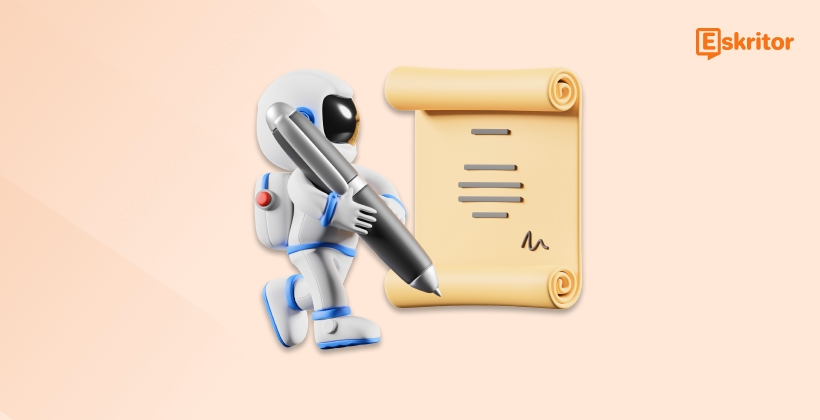Why AI Editing is Revolutionizing Proofreading
Why AI Editing is Revolutionizing Proofreading
Blog Article
Top AI Writing Tools to Boost Productivity
As synthetic intelligence (AI) evolves, it remains to revolutionize exactly how we method contemporary editing practices. From grammar correction resources to sophisticated content era programs, ai grammar checker is reshaping the way in which authors, writers, and designers improve their work. This blog considers the position AI plays in contemporary editing and the affect it's across industries.

AI-Powered Instruments Primary the Charge
AI-powered tools have grown to be an vital section of modifying workflows. Application fueled by natural language running (NLP) and device understanding is able to do projects like grammar checks, stylistic ideas, and sentence restructuring with extraordinary rate and accuracy.
For instance, AI-based grammar pieces may recognize errors that the human eye may ignore, such as for instance subject-verb contract dilemmas or misplaced modifiers. Similarly, style improvements generated by AI make certain that tone and flow align with the intended market, which is important for professional editors.
These tools aren't only limited by conventional syntax corrections. They are capable of increasing readability, transforming inactive style to active voice, and even paraphrasing whole paragraphs without adjusting the meaning.
Effectiveness Matches Time Savings
Studies show that the utilization of AI instruments can minimize modifying time by as much as 30%. Rather than poring around every phrase personally, writers may focus their efforts on creative and proper components of content. That change enables professionals to handle larger sizes of text in smaller periods, that will be particularly important for industries like publishing and digital marketing.
Furthermore, predictive AI features may spotlight continuing problems, supporting authors enhance their skills over time. For organizations, that translates to fewer assets spent on revisions and more refined results from the start.
Enhancing Availability and Globalization
AI's position in contemporary modifying runs beyond efficiency. Advanced interpretation and localization instruments let makers to conform material seamlessly for global audiences, deteriorating language barriers with precision. This engineering guarantees that the same information may resonate with cultures world wide while maintaining its authenticity.
AI also improves inclusivity criteria by improving convenience in content. As an example, methods can identify possibly non-inclusive language and suggest alternatives. That ability allows authors to refine writing so it resonates with varied audiences.

Impressive a Stability Between AI and Individual Creativity
While AI excels in rate and reliability, it doesn't change individual editors. Products frequently absence the capacity to read nuance, emotion, or ethnic context fully. The ideal system includes AI's efficiency with human creativity and perception, leading to truly exceptional work.
By leveraging these systems in modern modifying methods, designers and publishers alike may make high-quality material that aligns with the fast-paced requirements of today's electronic world. AI may be the future of modifying, however the human feel will be required for storytelling and connection. Report this page